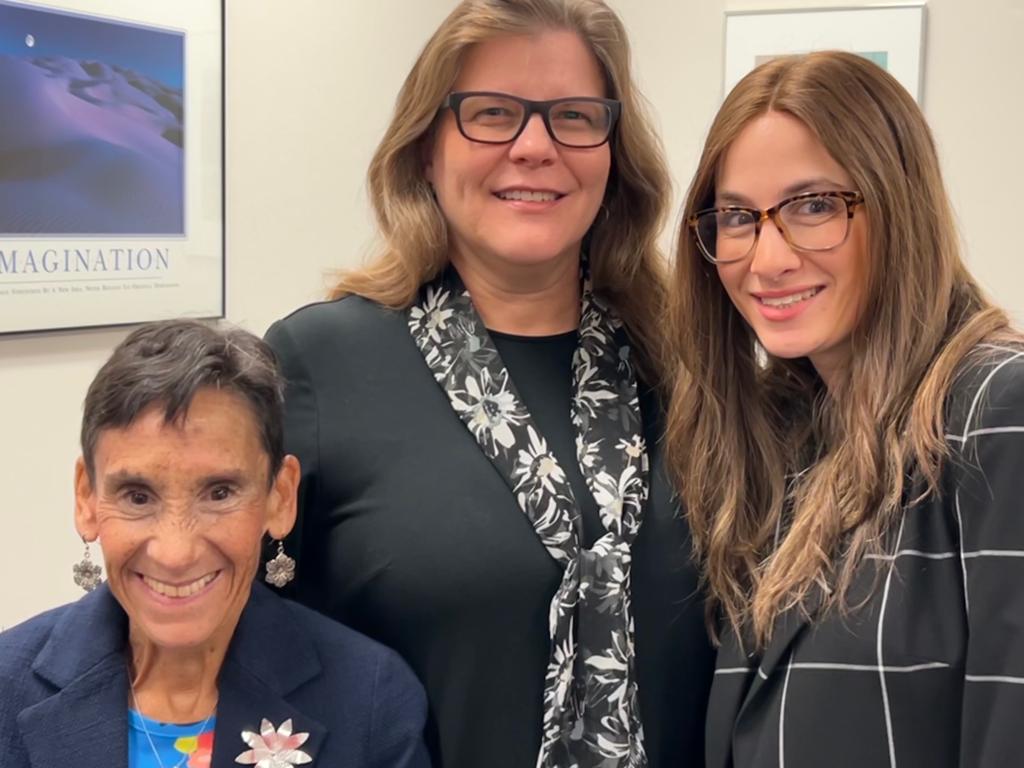Giving Thanks for Post-Acute & Long-Term Medicine

Dear Friends,
Gratitude is a characteristic that we all share but seldom express enough to those who have impacted our lives. Maya Angelou wrote, “This is a wonderful day…I have never seen this one before.” For many of us, the “wonderful new day” of work that we strive to achieve, or the unique individual qualities that we aspired to develop have been due to a select and special few who have guided us along our journeys. Over 15 years ago, Jim Lett, MD, CMD, past Society president and Foundation chair, gave me the opportunity to do more—and be more—for our organization; I am grateful for him and his (ongoing) mentorship every day.
So, as we enter our 2nd annual “Giving Thanks for PALTC” Campaign to raise awareness and funds for our Foundation for Post-Acute and Long-Term Medicine, let us share our gratitude in recognizing those who guided us, inspired us to express our visions, and helped us to promote and evolve the world of post-acute and long-term care medicine. We, at your Foundation, value your personal journeys to serve in this unique and valuable field, and we are grateful for your donations, large and small, as ALL gifts help us to further serve our national cadre of practitioners—and their aspirations.
The PALTC Foundation is the only philanthropic entity dedicated exclusively to supporting and enabling professionals and clinicians working in this critical service area. We have supported such worthy projects as the Futures Program, a workforce development initiative, providing more than $1.3 million dollars since its inception to support more than 1300 burgeoning practitioners developing their knowledge in pursuits of service. In 2023, the Foundation awarded 87 Futures Scholarships to participate in this expanding program while supporting $75,000 in research and co-sponsored programs benefiting the post-acute and long-term care medicine community.
While we are making strides in our mission, your trust and philanthropic support in our endeavors will ensure that we broaden our scope of work. Take this moment to give thanks to those you’re grateful for and who have inspired you by making a donation to your Foundation.
In closing, we are giving thanks to each of you reading, your tireless efforts in your work, and your ongoing support to YOUR Foundation for Post-Acute and Long-Term Care Medicine.
Together We Are Making A Better PALTC!
Wishing you and yours a holiday season filled with joy, good health, and gratitude!
Sincerely,

Wayne S. Saltsman, MD, PhD, CMD, AGSF
Chair, Annual Support Committee and Board of Directors
Foundation for PALTC Medicine


Dr. Rajeev Kumar’s Story:
Looking back on a career that has now spanned a quarter of a century, I have many things to be grateful for. My dad, a general surgeon who worked in rural hospitals in India to provide access to medical care for the underprivileged and told me to ‘always put patients first when in doubt’, is my first mentor and the biggest influencer of my life. I learnt the basic principles of geriatrics and was drawn to a geriatrics fellowship due to the mentorship of Dr. Peg Baumann. During my fellowship, Dr. Larry LaPalio introduced me to PALTC Medicine (or as I call it, ‘applied geriatrics’), recruited me to my first job as a geriatrician and introduced me to what has been my professional family – AMDA, the Society for Post-Acute and Long-Term Care Medicine.
AMDA taught me how to be an effective leader of the inter-disciplinary team in PALTC, and to make sense of the mundane regulatory red tape. When I heard about the many advocacy victories that AMDA volunteers had achieved, including positive changes to physician pay schedule and regulatory reform that made life easy for all of us, I was awestruck. At each annual meeting when I got to meet and rub shoulders with the starts that helped achieve those victories- Chuck Crecelius, Eric Tangalos, Dennis Stone and many others, I was in fan heaven! They influenced my desire to get involved in policy and advocacy, and patiently nurtured me while I fumbled and found my way.
I’m grateful for all my mentors and my AMDA family for empowering me to harness my passion to help our patients receive the best care possible and enabling the next generation of healers to follow suit. The best way I know how to show appreciation for my mentors, influencers, and my chosen profession, is to support our PALTC foundation. By doing so, I’m helping to enhance our profession by promoting research and innovation, attract and expand our care-force and recognize and salute our mentors and leaders for the huge achievements and contributions to our field. I’m grateful for the opportunity to show my appreciation and make an impact and literally ‘pay it forward’. please join me in supporting our foundation and make your own impact.
Rajeev Kumar
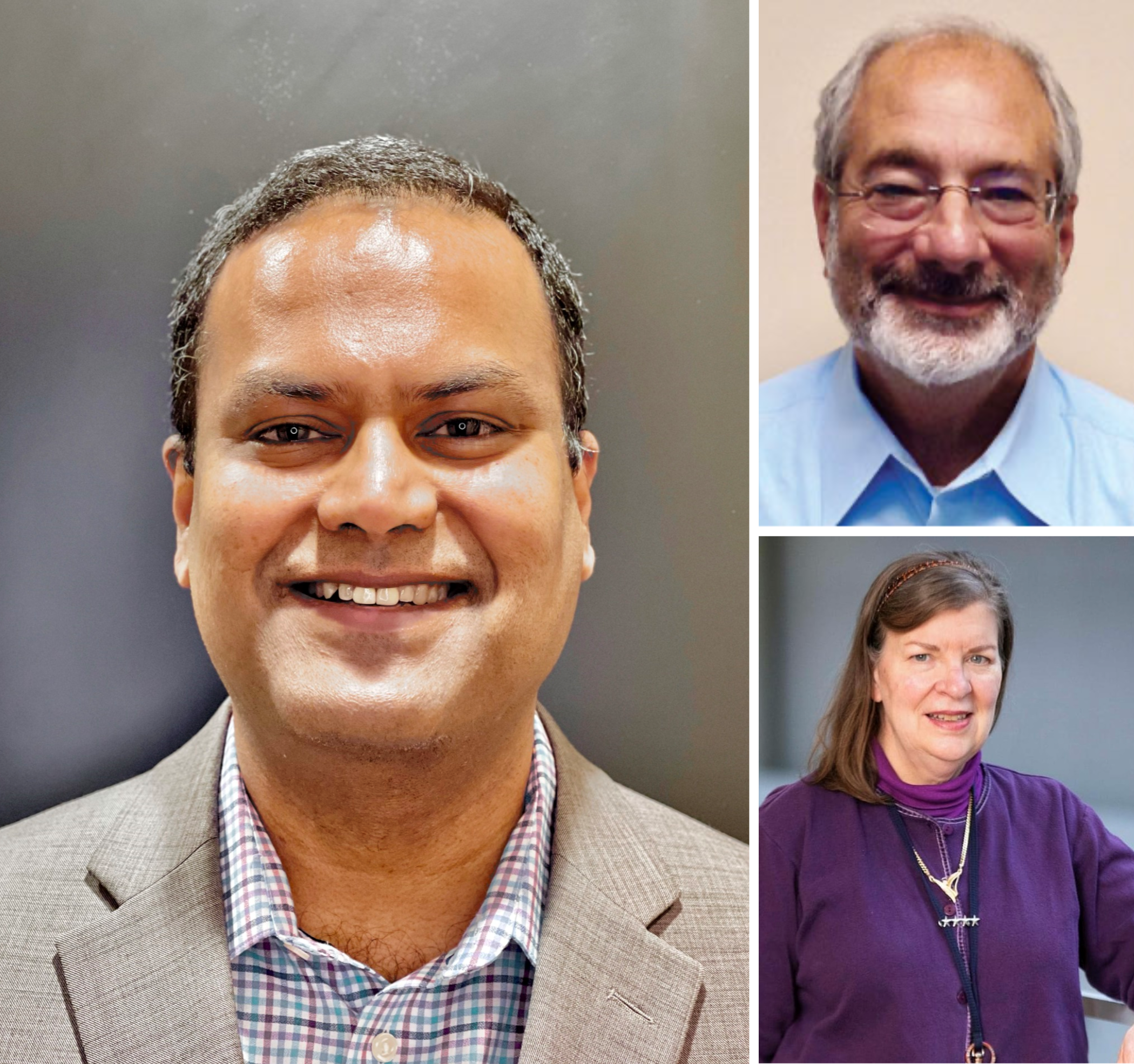
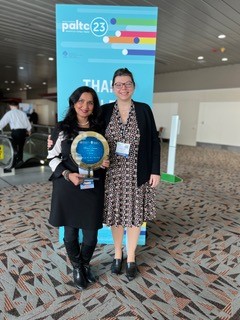
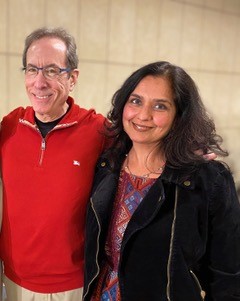
Dr. Swati Gaur’s Story:
Why do you practice in the PALTC field?
It all stems from my grandfather. We were strongly influenced by our grandfather who wanted us to be somebody. I grew up in India, and [my grandfather] had aspirations for everyone in the household, regardless of whether we were sons or daughters. [He] wanted us to do the best we could in life and be self-sufficient when we grew-up, regardless of whether we were sons or daughters. Growing up, grandparents had a strong influence on families, on our family, as they would come and visit for long periods of time. So as grandchildren we were always a witness to that and learned a lot from them.
But also, as [my grandfather] got older, I remember when we started writing letters for him. He used to send these postcards which he would do religiously because we had a huge family. So, he would send postcards, and I remember thinking it was such a privilege when he would call us over and say, “hey, write this letter, I’m going to dictate it”. And we would write the letter as he dictated and then he would sign at the very bottom. Now looking back as a physician, he was starting to have maybe Parkinson’s, it’s that handwriting.
So, growing up, we just inherently had this environment that was set up for caring, that helped the process of getting older. It was a system which didn’t provide that kind of a shock to when [my grandfather] got older. We created an environment of caring that we were able to provide for our grandparents.
So fast forward to now, and I know that that caring environment is possible and it’s my goal to be able to provide that environment to every single person who’s getting older right around us in our communities. The reason for that is not for a feeling of needing to do this for an aging community, but to acknowledge that the world we live in right now is the one that was created by them, 30-40 years ago. What we are enjoying right now are the fruits of their labor, not our own. What we are building right now, our children will be able to enjoy. They [aging community] have given us a gift. So, in our culture we call it our Dharma, the stuff that you should be doing. So, it’s a very natural thing that I feel like we should be doing for older adults.
I am also proud of the education that I have received and the way I’m able to apply that education and provide care. It makes me feel good about myself. I love working in a long-term care facility because it’s the most resource-constrained, highest complexity [in the healthcare field]. In providing holistic care, I feel like I am constantly working at the top of my license. Every day is an opportunity to move forward with new [challenges] in the field. And I would not be as happy in any other field.
But what makes me really excited [about working the PALTC field] is that nursing home care is a team sport. You can’t do it solo. I love the fact that I have a huge team and that we all come together, like puzzle pieces. How we put all of those puzzle pieces together creates a full, beautiful picture of holistic care.
Who inspires you?
So, my grandfather was my number one source of inspiration. I trained at the University of Pittsburgh Medical Center and in my second year I knew that there was something special going on in geriatrics. My mentor is Doctor Fred Rubin, and was the head of geriatrics at that time, and totally inspired me. I am still in touch with him, 25 years later. So, he got me in [to the field of geriatrics]. Deborah Weiner was my first attending, who I started seeing patients within nursing homes and she was incredible. She taught me so much, and I’m still in touch with her. And then Holly Jean Coward, who was my program director. She said, “you have to join the Society for Post-Acute and Long-Term Care Medicine!”, and as a fellow, you’re kind of like, “ok, if you say so”, so I had no idea. But I cannot thank her enough because she gave me this community of colleagues that are so close to each other and working towards the same goal. It’s incredible to have this community of colleagues in the Society of Post-Acute and Long-Term Care Medicine.
Once I came into the Society, Dave Nace & Robin Jump. Robin and I have been joined at the brain for the last three years with the COVID task force. We worked through guidances, looked through studies, written papers; we’ve cried together and laughed together. We have even taken a “I need my brain back!” vacation together! That bond is bigger than a blood relationship, and I’m incredibly grateful for that.
Is there a certain program or initiative that you are particularly passionate about?
When COVID happened, I was the Chair of the Infection Advisory committee. It was supposed to be an easy-peasy breeze-through term, for two years that I was supposed to go through as a chair, and then COVID happened, and I said we need to get ahead of this. And the rest is history. We put the committee together – Robin, Dave, Ghinwa and I. During the time that COVID was happening, especially in the first two years of COVID, I spent more time with Robin and Ghinwa than I did with my children. When it’s all over, you kind of sit down and have to contend with what you have missed in your children’s lives and with your family life. But I want to think of it as an incredible opportunity. I am a firm believer that when God needs you somewhere, he will put you there. So, I thought it was an incredible opportunity to be of service to our colleagues. Everyone who found those guidances helpful, everyone that found even a little help with all the talks that I did and the podcasts we did together. I am privileged and blessed to be in that position to be able to offer any part of me that I could contribute during that time.
[I can’t choose a favorite program], they are all amazing programs! That feeling of being able to provide unadulterated advocacy for our older adult community and nursing home residents. Where you don’t have to keep that feeling to yourself, and others understand and recognize that part of you. And we created this community, this family of people who actually care and care enough to go all out and provide that care day in and day out and advocate for [the older adult population].
Dr. Allison Villegas’s Story:
Why are you thankful for post-acute and long-term care medicine?
Overall, it’s the people. The residents, their families and guardians, the staff, and my colleagues, both on the national and local level.
Who is your mentor/who got you into the PALTC field?
I stumbled into PALTC during a rotation and fell in love immediately. I will be forever grateful for the PA program’s “lifespan” rotation that included nursery, pediatrics, PALTC and hospice. If it wasn’t for my rotation, I don’t think I would have found my “practice home”. Because of this, I try to take students as frequently as possible and promote the Futures’ program. As far as mentorship goes, I’ve been lucky to work with many outstanding and passionate providers but it was Leslie Eber who introduced me to the amazing community that is AMDA.
Tell us about a time that PALTC medicine improved your life (directly or indirectly) or the life of someone you know?
My life is improved daily by the fulfillment I get from my job. It happens when I walk into my facility and am welcomed by the “greeters” at the front door. You know these folks, they spend their days hanging out in the front lobby chatting with each other and different family members or staff who come in to work or visit loved ones. My day is improved again with every interaction I have with the residents. If it is a positive interaction, I’m reminded of the mutual trust and respect we have built between us. If it is a challenging interaction, I am reminded that it is an honor and a gift to work with people who have been challenged by our healthcare system and who have lost trust in providers and the system we work within. It’s fulfilling to me to help change a negative perspective or experience into one that helps rebuild trust and confidence. My day is brightened everytime I watch an engagement between the nurses and CNAs as they provide intimate acts of care for people who they perceive as family, giving their resident a shave just the way they like it, pull out their favorite outfit when they know they have a visit with their family that day, or bring in homemade pozole or menudo to share with residents who they know love these authentic dishes but can’t get them routinely. My life is improved by every demonstration of deep knowledge and love of the people we serve. It’s the shared jokes, gentle touch, and emotional connections that make my job impossible to replace.
How long have you been involved in AMDA and the Foundation for PALTC? What keeps you engaged?
I’ve been involved for 5 years. I’ve remained engaged because I have found that surrounding myself with colleagues who share my same passion, frustration, and wins helps to stave off burnout. Every time I feel like I cannot continue “the fight” for my practice or our residents, I attend an AMDA meeting and I am rejuvenated by ideas or best practices of colleagues who have been here before and have overcome the issue at hand. Being surrounded by passionate and like minded individuals reminds me that I am not alone and that there is support and movements and changes being done across the country. When I am struggling, I have a network and safety net to catch me and bounce me back up.
Is there a program or initiative that you’re particularly passionate about?
I’m passionate about the Futures’ program because it is our pipeline to introduce new providers to the joy that is PALTC. There are not enough “windows” into our space to show new providers just how fun PALTC can be. There are always enough news articles or investigations to show the challenging side so I am immensely grateful for a positive and fun-filled way to introduce clinicians to PALTC.
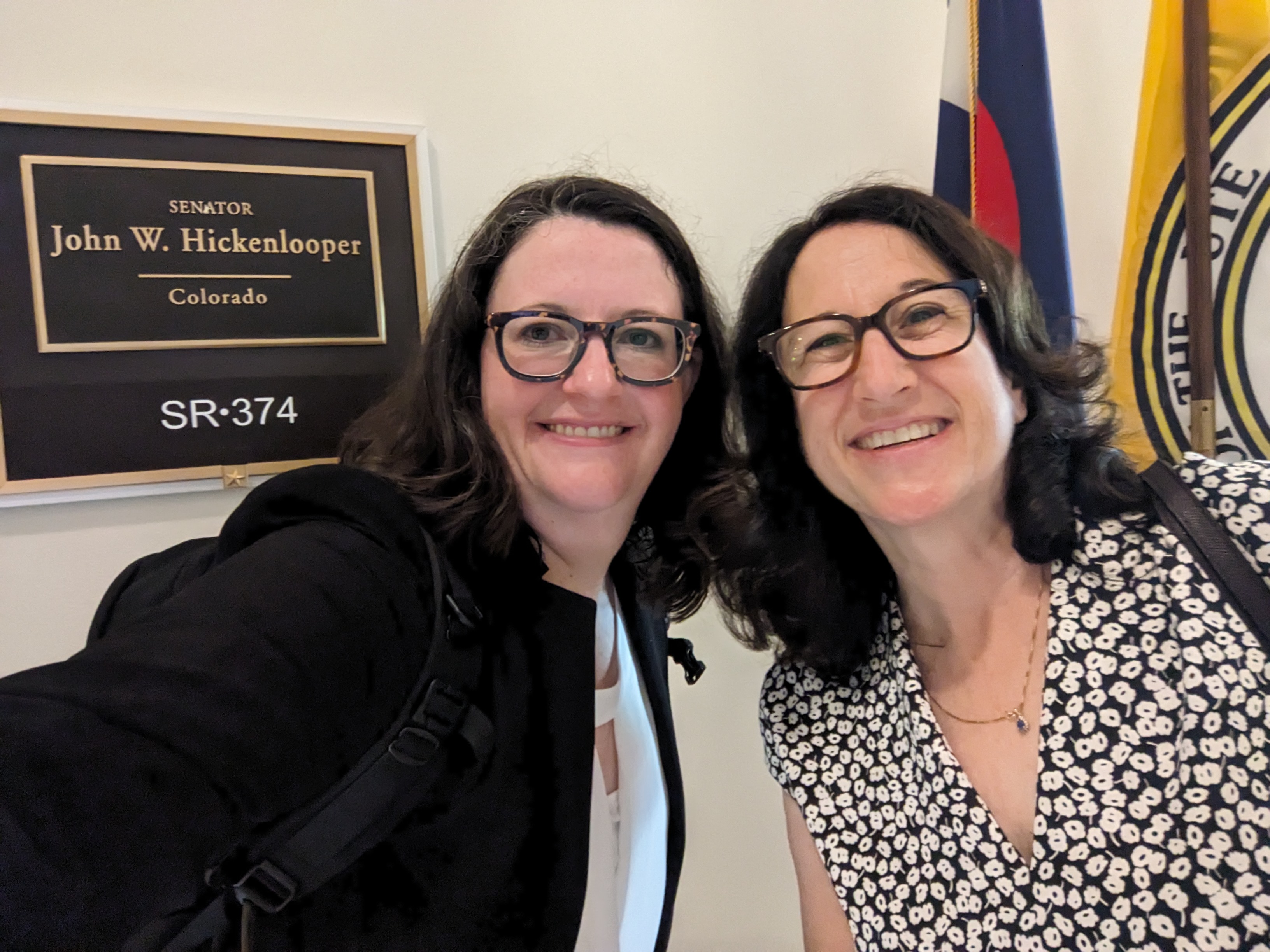
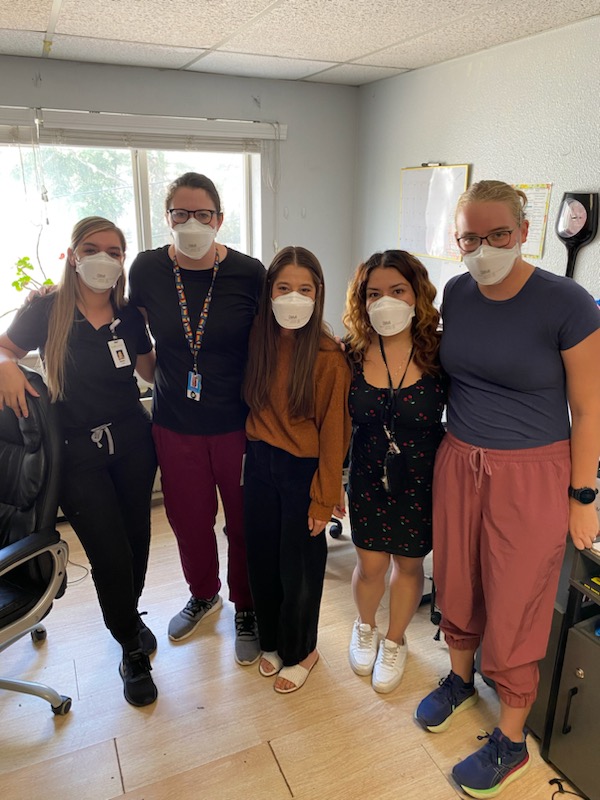
Sorah Levy, MSN, RN, RAC-CT, 2023 Futures Program Alumni
I’m grateful and expressing gratitude for the Foundation for Post-Acute & Long-Term Care Medicine which funded my participation in the 2023 Futures Program. I’m giving thanks for and in honor of Dr. Barbara Resnick, Dr. Beth Galick, and my heroes working in this critical field who continue to inspire me every day. The Futures Program allowed me the unique opportunity to engage, learn, and gain mentorship from the best, brightest, and most committed leaders in post-acute and long-term care while forging professional friendships that will last a lifetime.
Thank you to the Foundation for PALTC Medicine and Foundation Donors! I challenge everyone reading to take the “Giving Thanks for PALTC” challenge by making a donation in honor or memory of those who inspire you, share your story of gratitude on social media, and challenge others to join!
